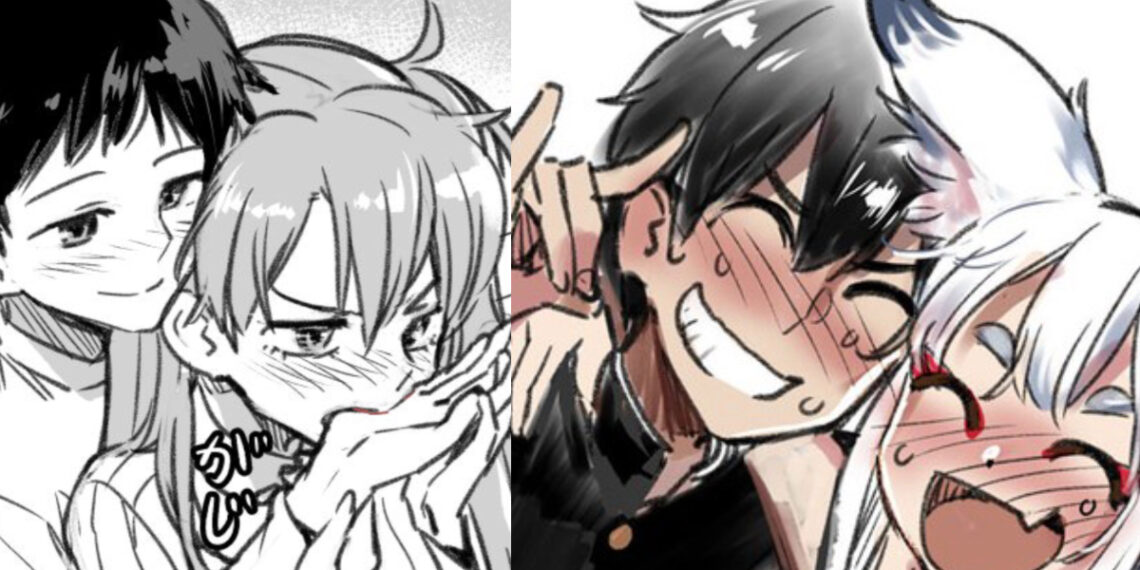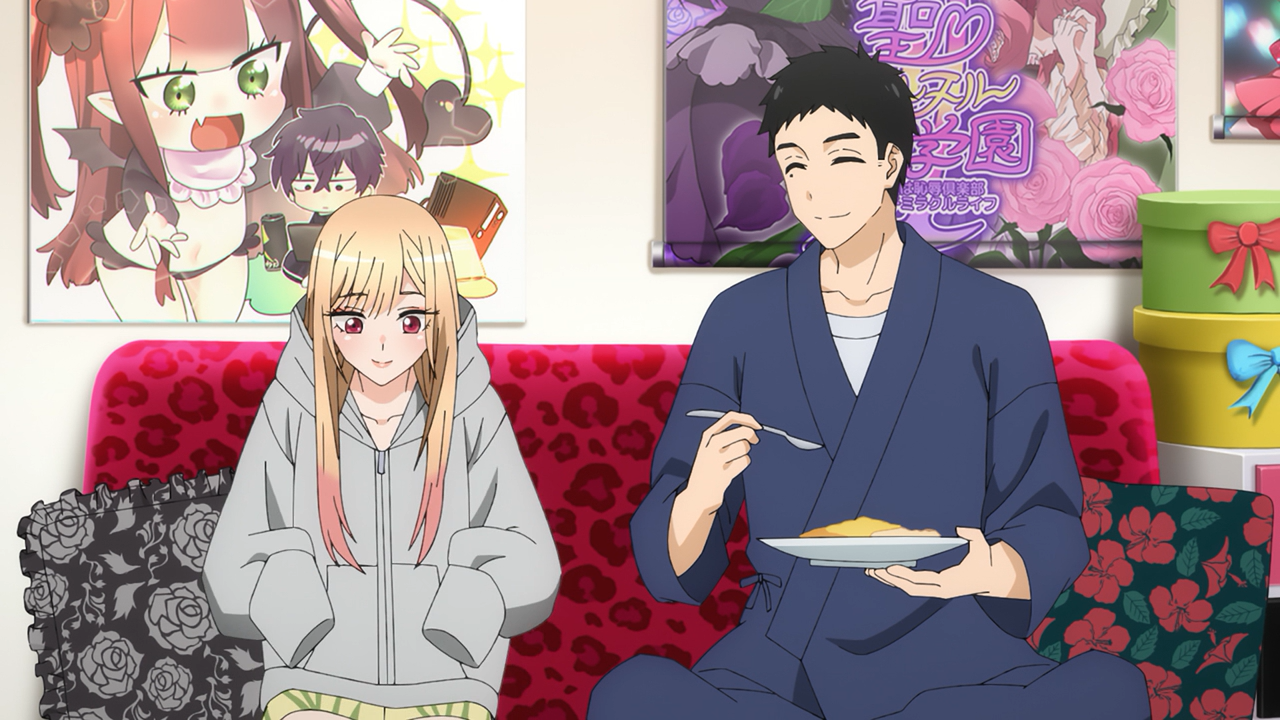Before creating the popular manga Nagatoro-san, Nanashi was best known in manga circles for their self-published doujinshi comics. Doujinshi are independently made and distributed comics that use existing story worlds and characters to tell new stories.
Some of Nanashi’s most well-received doujinshi featured characters from popular anime franchises like Naruto and Fate in humorous or romantic situations.
These indie comics allowed Nanashi to build a reputation among fans for their creative character interpretations and storytelling style prior to launching their original Nagatoro-san manga series.
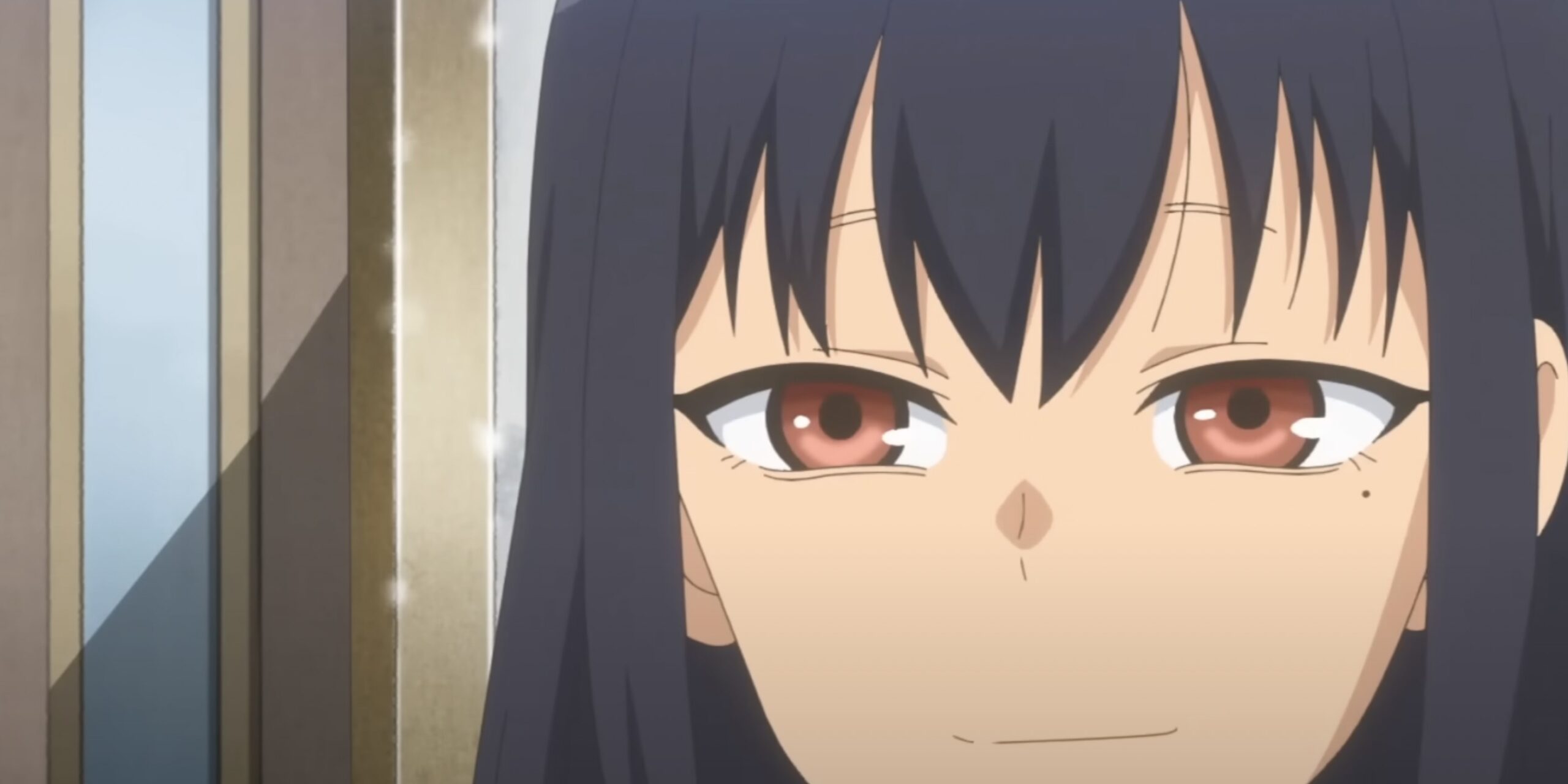
With Nagatoro-san’s success, Nanashi has transitioned from being primarily a doujinshi creator to a more mainstream manga artist, but their earlier doujinshi work was influential in establishing their signature style and voice with readers.
Nanashi started out self-publishing doujinshi comics back in 2010, gaining recognition in manga circles for their unique style and extreme content. Their breakout work was the 2012 one-shot manga “Lady Yupiel’s Servant,” followed by the popular sequel “Everyday Life with Lady Yupiel” in 2013.
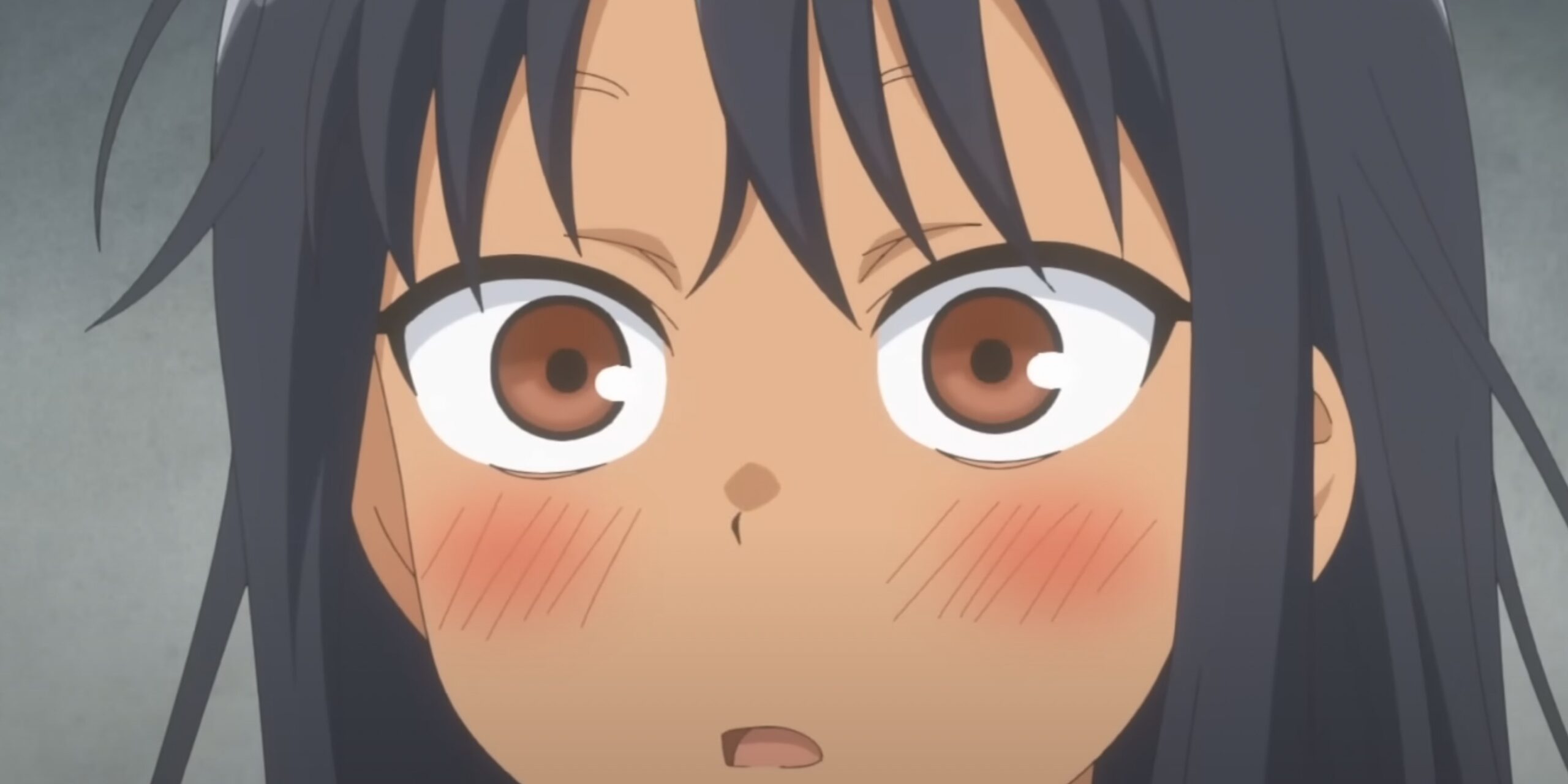
Though initially known for outrageous stories, after releasing the two-part Naruto doujinshi “Warm Uzumaki” in 2016 pairing Naruto and Hinata in a romantic way, Nanashi’s focus began shifting more toward softer, character-driven relationships.
Just a year later in 2017, they would debut their original series “Don’t Toy With Me, Miss Nagatoro,” which became a huge hit.
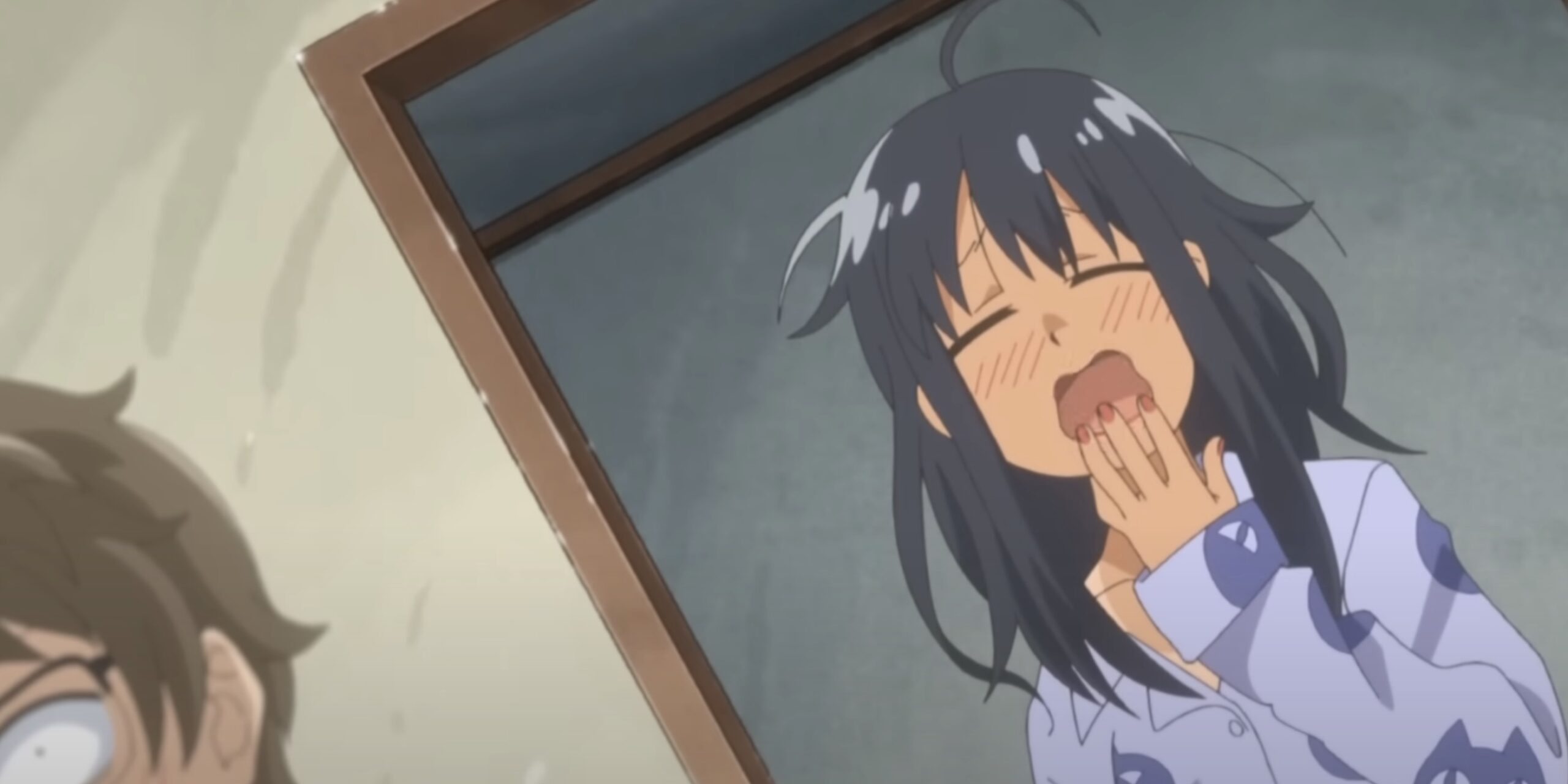
One of Nanashi’s last major doujinshi works before fully concentrating on Nagatoro-san was a two-part series released in 2018 and 2019 based on the Fate spinoff “Fate/Kaleid Liner Prisma Illya,” further showcasing their talent for bringing warmth and humor to existing franchises.
From humble doujinshi beginnings to successful manga creators, Nanashi’s career evolution paved the way for Nagatoro-san’s impactful launch.
From Web Manga Sensation to Anime Hit
The 2021 anime adaptation brought wider attention to Nanashi’s only “safe for work” manga series to date – “Don’t Toy With Me, Miss Nagatoro.”

The story follows high schooler Hayase Nagatoro and her senior Naoto Hachiouji in their daily lives, where Nagatoro relentlessly teases and playfully bullies the shy Naoto.
The Telecom Animation Film studio produced the anime series.
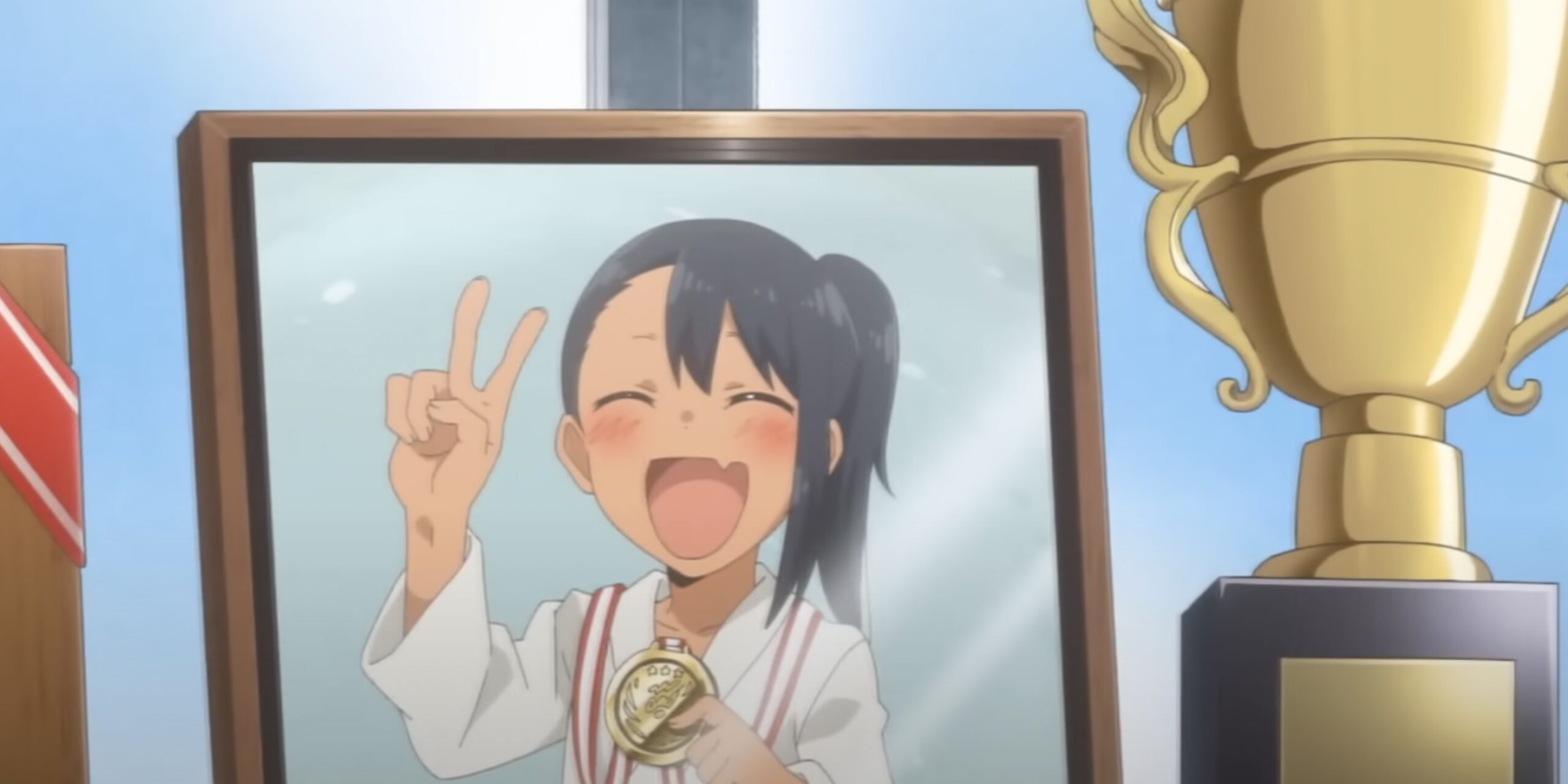
The Nagatoro manga first began serialization in November 2017 in Magazine Pocket, a digital web manga magazine published by Kodansha. As of March 2021, Nagatoro-san spans 10 compiled manga volumes and counting.
Given the manga’s online popularity, an anime was greenlit, directed by Hirokazu Hanai. The announcement key visual sets the tone for Nagatoro and Naoto’s eccentric relationship, hinting at the anime’s balancing act between comedic bullying and an underlying affection.
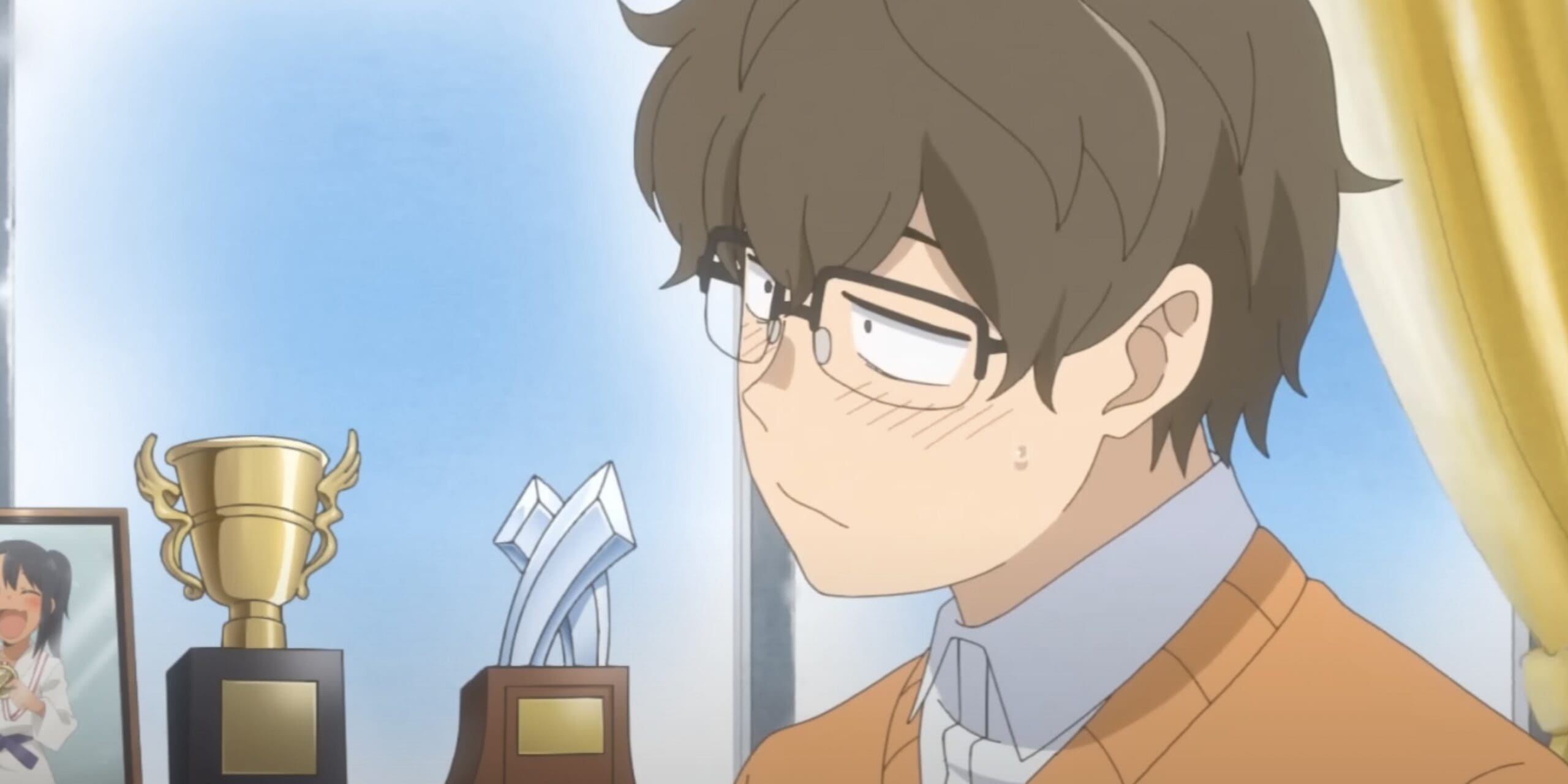
As Nanashi’s first non-adult series, the immense interest in both the Nagatoro manga and 2021 anime showcases the creator’s versatility and talent for appealing character dynamics beyond their doujinshi roots.
Boichi’s Artistic Evolution and the Legacy of Adult-Oriented Beginnings
Much like Nanashi of Nagatoro-san fame, Boichi the mangaka behind the popular sci-fi series Dr. Stone also started out creating adult-oriented doujinshi works before finding mainstream success.
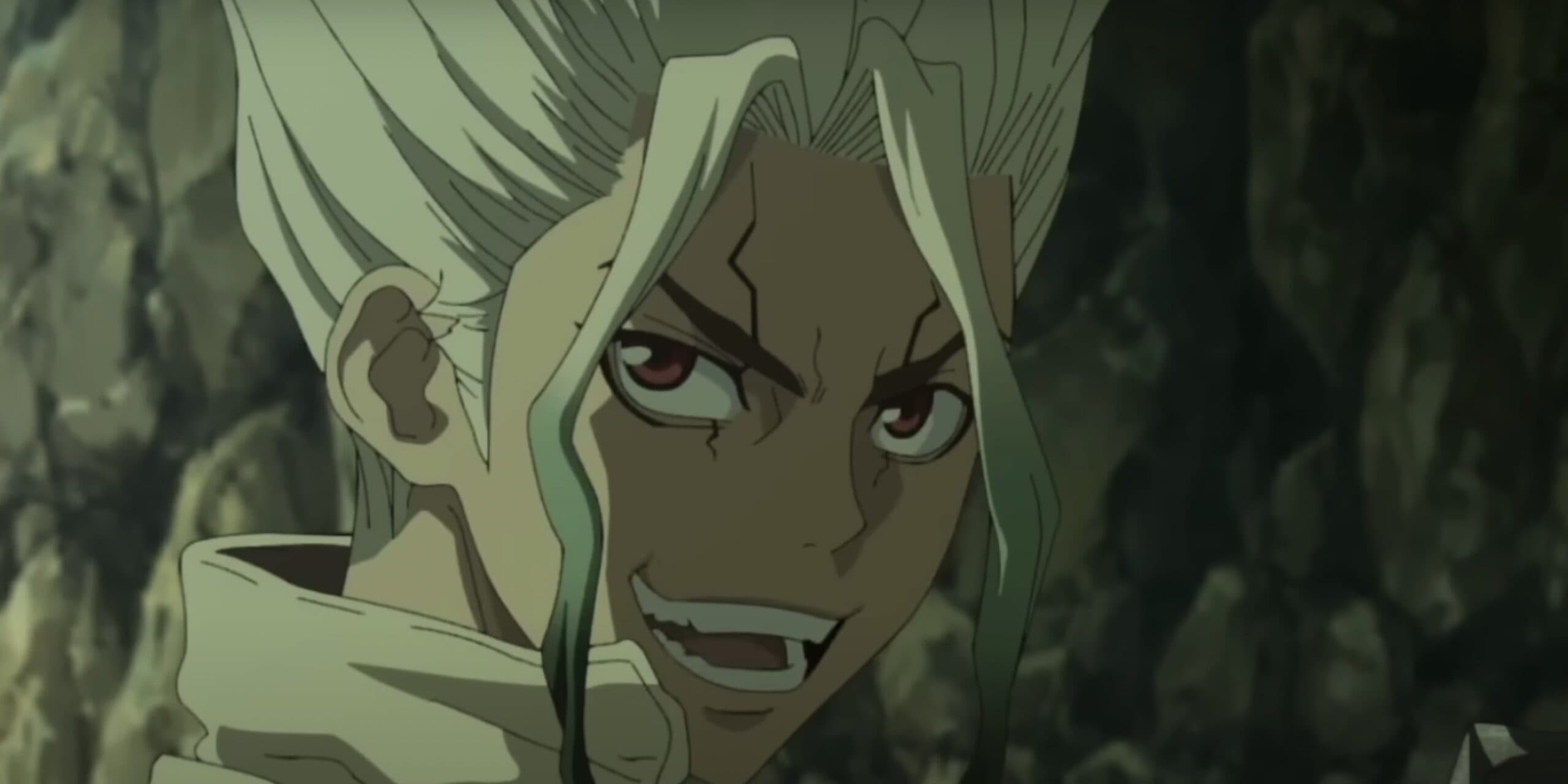
Known for being one of the best science fiction manga currently serialized, Dr. Stone impressively educates readers on scientific concepts and crafting methods from scratch.
As a big fan who’s researched Boichi’s background, I was initially surprised to learn he used to make sexually explicit doujinshi.

However, when considering Dr. Stone’s notable fanservice moments – prominent female characters like Yuzuriha, Kohaku, and Kirasame often depicted in revealing ways – Boichi’s H-artist roots start to explain his sensibilities.
A simple image search for “Dr. Stone girls” even brings up lewd art, hinting at Boichi’s lingering doujinshi style.
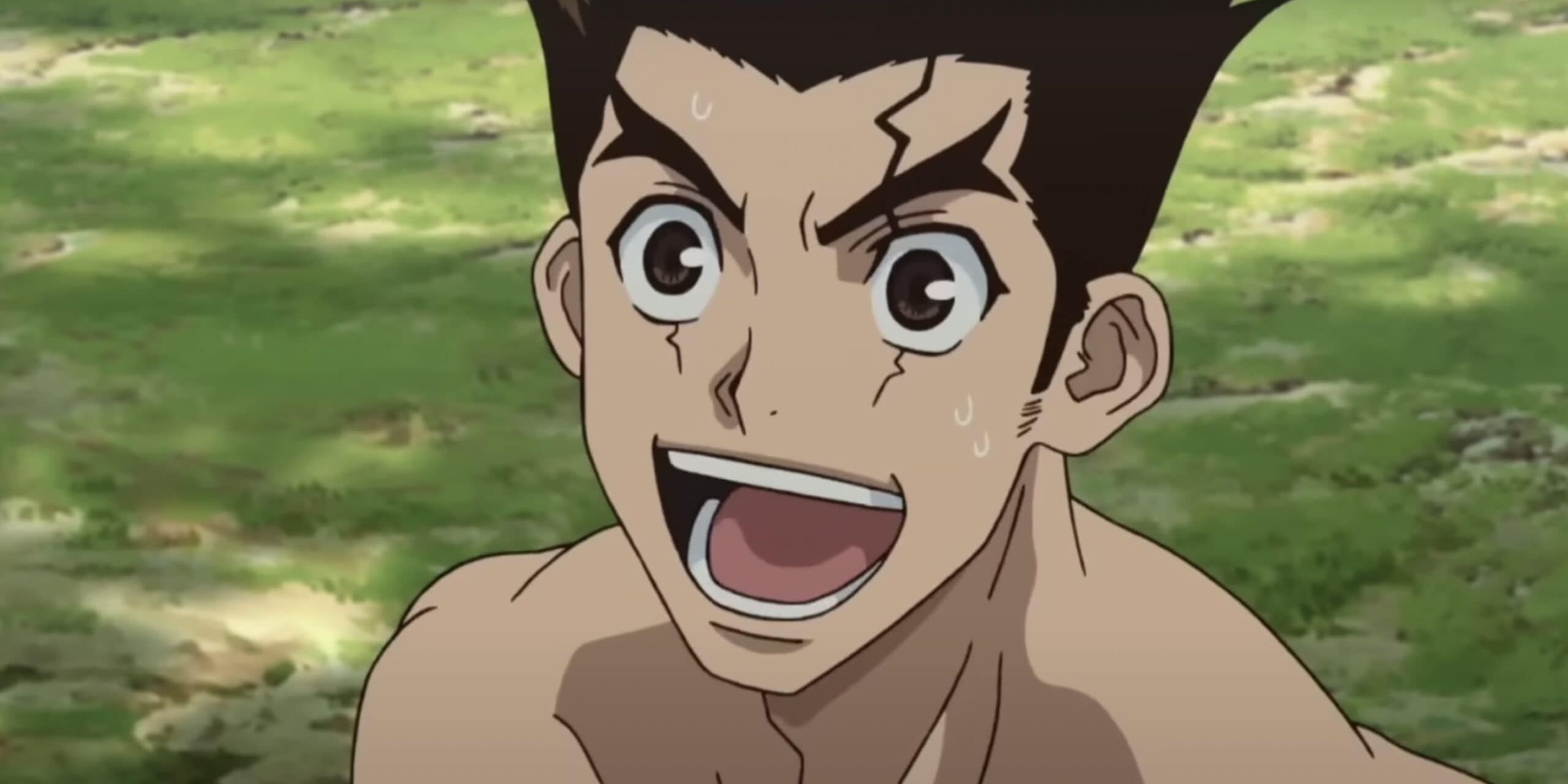
Before Dr. Stone began in 2017, Boichi created several adult-oriented manga under pseudonyms.
So like Nanashi of Nagatoro-san, Boichi leveraged his doujinshi skills to creatively depict characters and scenarios before crafting the science-driven world of Dr. Stone now acclaimed for its educational value.
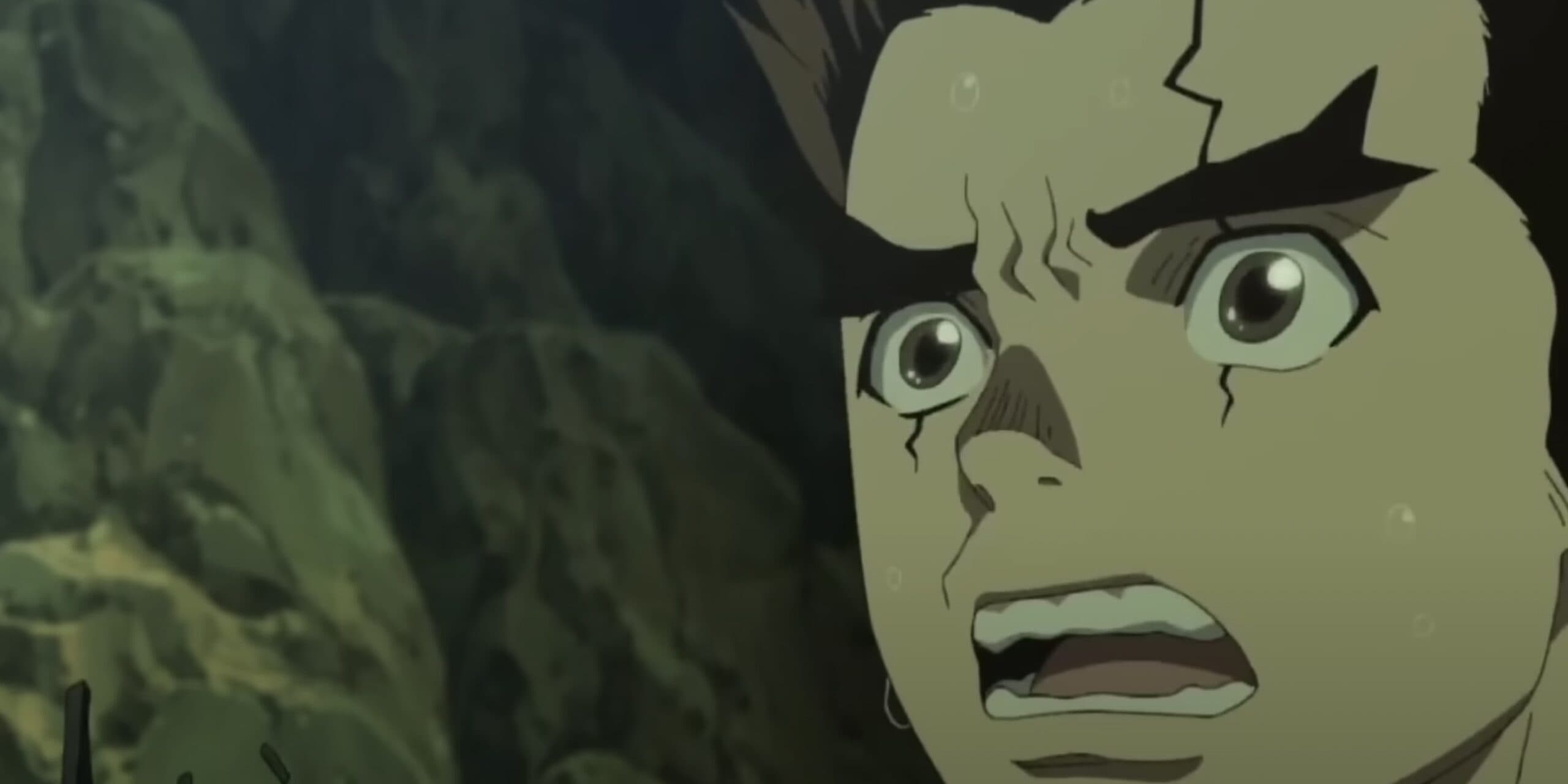
It demonstrates how some mangaka hones their artistic voice and audience through erotic indie works before tackling wider success through more mainstream series.
From Early Dreams to Manga Mastery,
Boichi’s artistic ambitions emerged early, aspiring to be a manga creator even before his teens, and initially dreaming of becoming South Korea’s prime minister.
He finally made his professional debut in 1993 drawing for a Korean shoujo magazine while in his 20s.
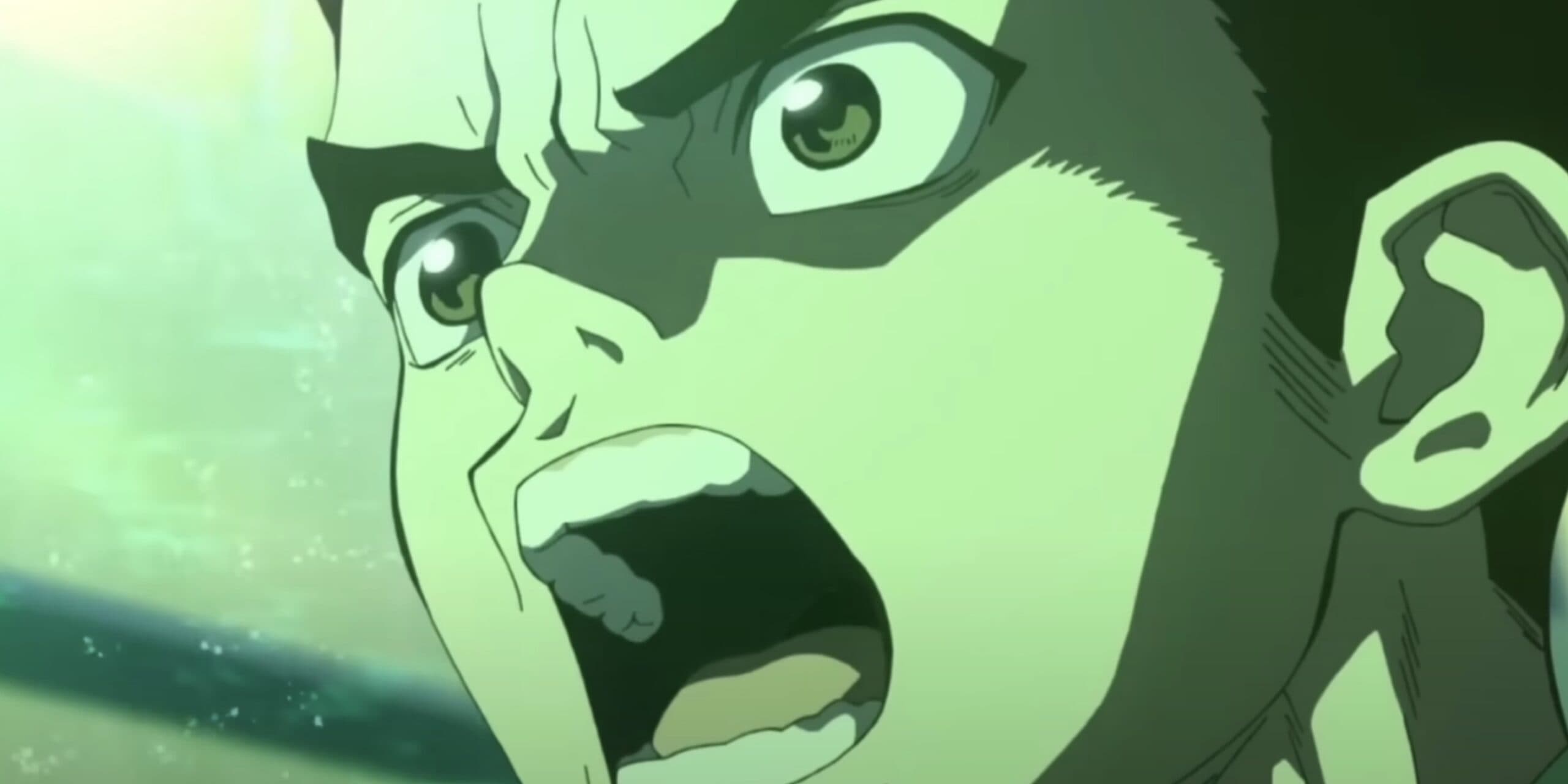
After over a decade of honing his skills by drawing mainly adult-oriented doujinshi works, Boichi released his first full manga series “Space Chef Caesar” in 2004 at age 31.
This was preceded by his first sci-fi manga one-shots “The Hotel” and “Present” in 2006, hinting at his future Dr. Stone themes.
During 2005, Boichi had at least 9 explicit doujinshi creations published under the compiled volume “Lovers in Winter”, plus two other known erotic series.
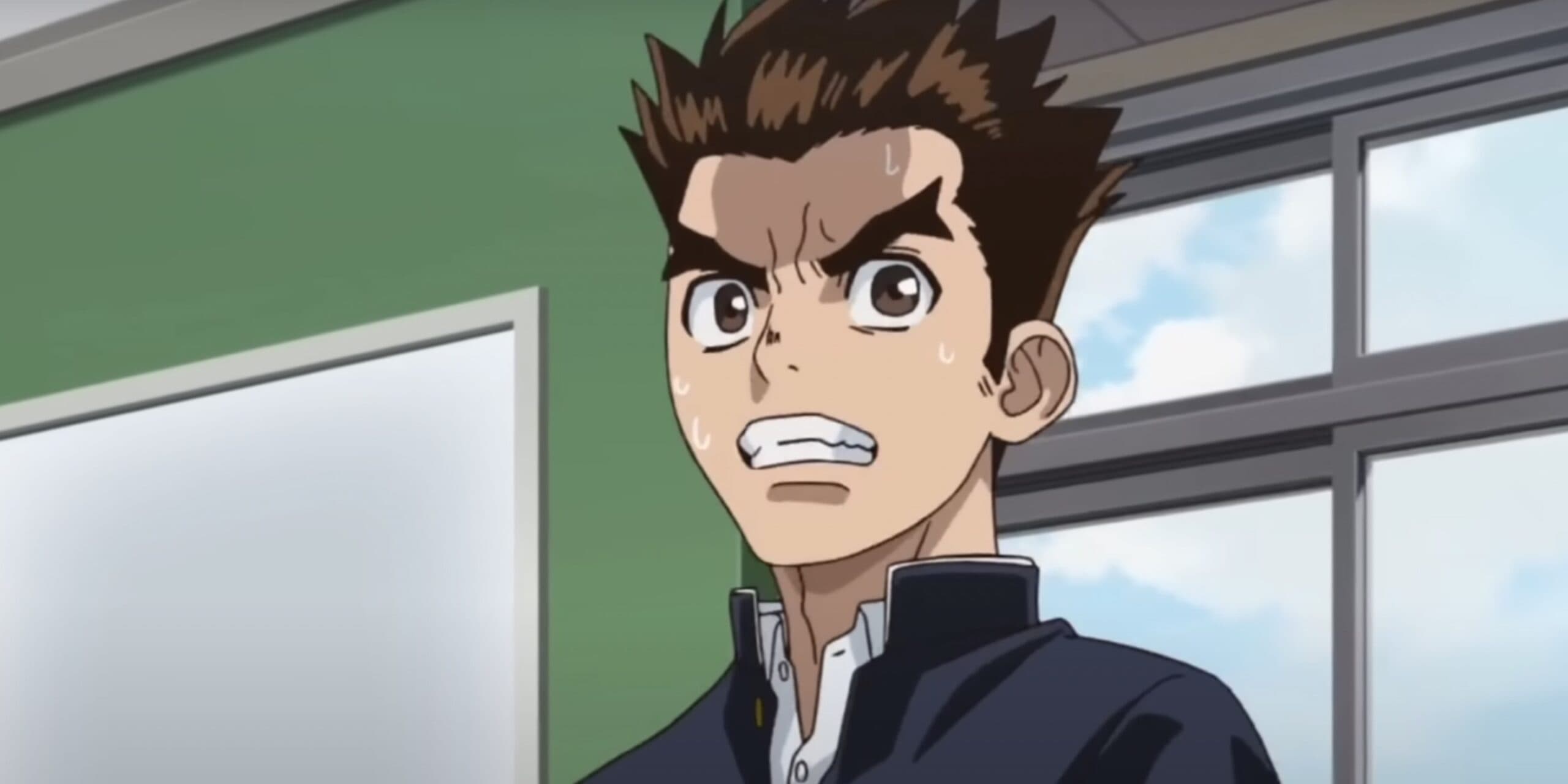
Titles included “Home Tutor For A Nobel Prize Candidate”, “No Means No”, and “The Fiercely Horny Fiancee”, cementing his reputation as an imaginative H-artist.
You can still see traces of his pornographic stylistic roots in Dr. Stone’s notable fanservice content, kept more modest for magazine serialization.
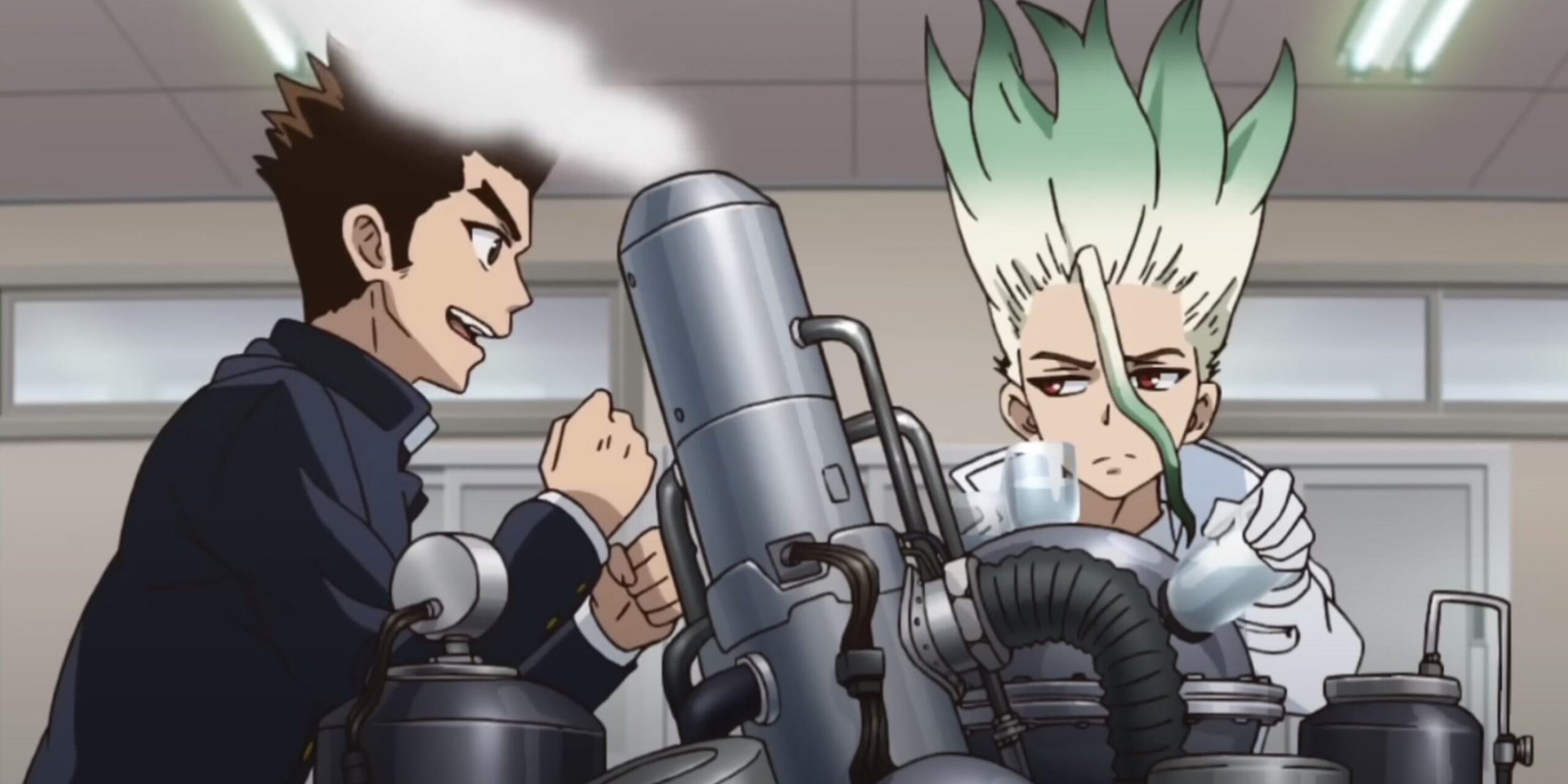
Like Nanashi of Nagatoro-san, Boichi built confidence in expressing his creative voice and honing his draftsmanship through those early indie porn comics before tackling wider acclaim through the science-educational Dr. Stone.

